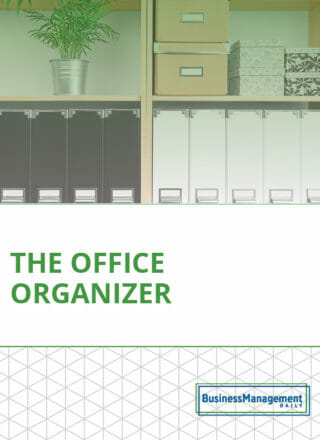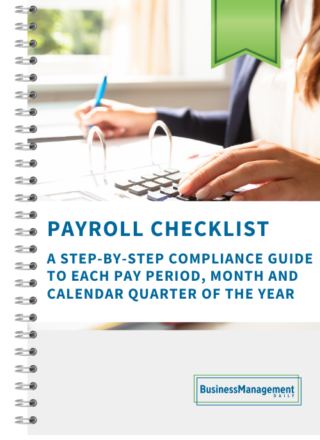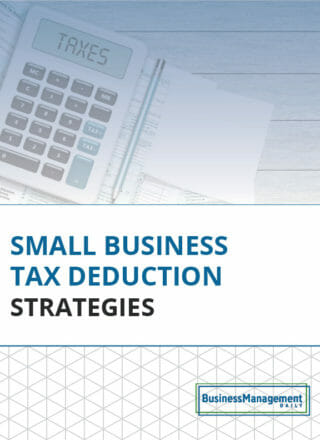Common mistakes made on Forms 1094-C and 1095-C — ACA reporting
The IRS released Forms 1095-C and 1094-C for 2022 healthcare information reporting last week. These forms are required reporting under the Affordable Care Act for employers required to offer health insurance coverage. The instructions are still in draft form, however not much has changed from the 2021 reporting. That’s the good news.
Here’s the bad news: Employers are making easily avoidable mistakes on Lines 15 and 16 of Form 1095-C and receiving penalty notices from the IRS.
Let’s sort this out.
What to report on Line 15
You report the employee’s monthly premium for the lowest-cost self-only plan, regardless of the coverage employees take up on Line 15.
Completing Line 15 is mandatory if you enter codes 1B, 1C, 1D, 1E, 1J, 1K, 1L, 1M, 1N, 1O, 1P, 1Q, 1T, or 1U on Line 14.
What’s the problem? Instead of reporting the employee’s share for the lowest-cost self-only plan on Line 15, employers using the W-2, Box 1 safe harbor for Line 16 reporting—Code 2F—are reporting a percentage of employees’ Box 1 entries on Line 15.
Refresher: If you use the W-2, Box 1 safe harbor, health benefits are affordable to employees in 2022 if monthly premiums for the lowest-cost self-only plan don’t exceed 9.61% of their W-2, Box 1 wages.
How the IRS responds: On Letter 226J and Form 14765, the IRS is disallowing the safe harbor by using code XF, instead of 2F, in the all 12 months indicator code column.
How to respond: To get out of this penalty trap, file Form 14764 within 30 days, check the box indicating you disagree with the proposed penalty and include the following:
- A signed statement explaining why you disagree with the proposed penalty and describing the changes you want to make to your 1095-C forms (i.e., you meant to include the lowest-cost self-only plan amount on Line 15)
- Supporting documentation
- Changes to the employees listed using code 2F.
What to report on Line 16
All the Line 16 codes tell the IRS why you’re not liable for a free-rider penalty. For example, a new full-time employee could be in a 90-day probationary period for part of a year and wasn’t offered health benefits during this time.
But the real key to proper Line 16 reporting is the affordability of safe harbors.
Technically, you will be liable for a free-rider penalty if even one full-time employee buys marketplace coverage and qualifies for a premium tax credit because your monthly premiums for the lowest-cost self-only plan exceed 9.61% of the employee’s household income. Because you can’t know the employee’s household income, the IRS gives you the choice of three optional safe harbors:
- The W-2, Box 1 safe harbor: Code 2F
- The rate of pay safe harbor: Code 2H
- The federal poverty line safe harbor: Code 2G
What’s the problem: Employers are leaving Line 16 blank when they shouldn’t. However, there may be legitimate reasons for leaving Line 16 blank—you don’t qualify for an affordability safe harbor, for example.
How the IRS responds: It’s sending Letter 226J to employers.
How to respond: Again, you need to take all the steps you’d take if you were disputing a Line 15 error. But you may need to take one additional step. You may need to ask the IRS to determine an employee’s eligibility for a premium tax credit based on their household income. If an employee’s household income disqualifies them from receiving a premium tax credit, you can’t be liable for a free-rider penalty, regardless of your Line 16 coding.
A couple of other things about 2022 reporting
Forms are due to employees by Jan. 31. If you can’t provide forms by Jan. 31, you may provide them by March 2.
Forms are due to the IRS by Feb. 28 if you’re filing on paper or March 31 if you’re e-filing. Wrinkle: The IRS has yet to release final regulations dropping the mandatory e-filing threshold to 100 or more information returns from 250 or more. These regs require you to add up all your W-2s, 1099s and 1095s to determine whether you meet the 100-return threshold.
We’re following this issue closely, so read us every day.



